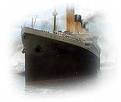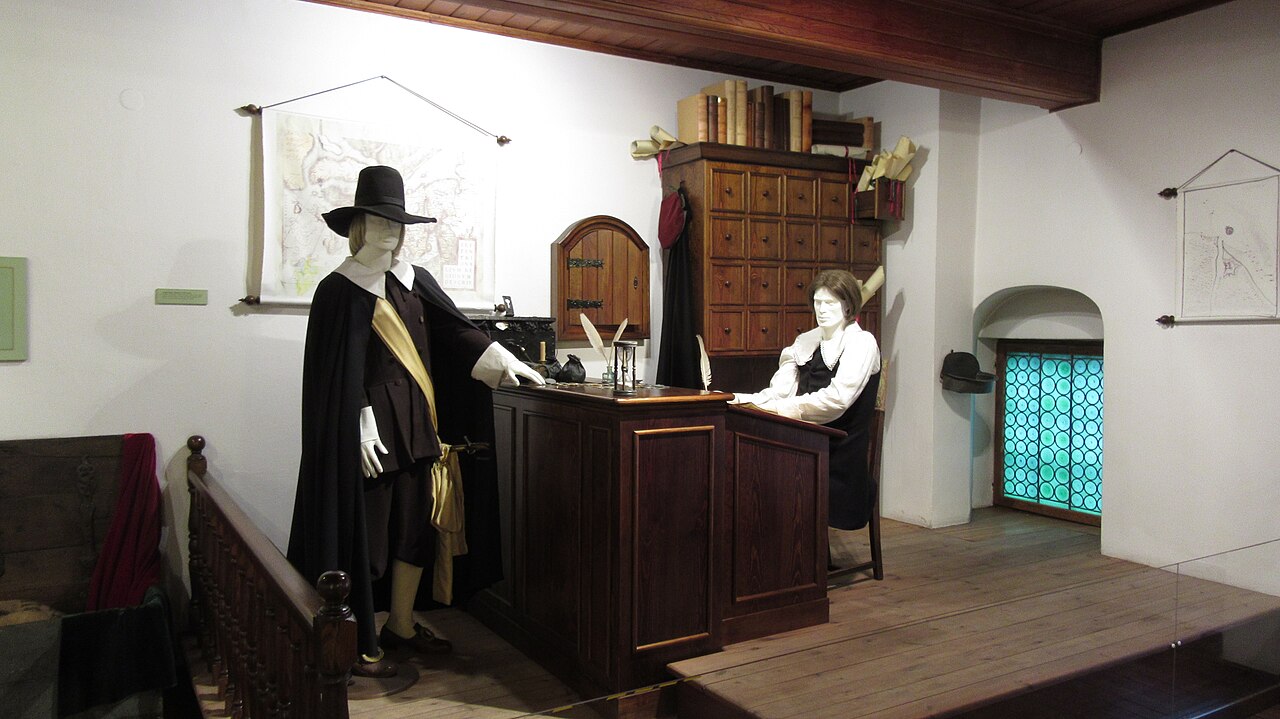KTO TO BYLI, FORMER … ?
Forward a brief explanation. It is not about coalmen delivering coal, nor about the chosen of fate, who hit the "five” in "Lajkonik”, "Karolince” or "The Mermaid” nor, finally, about today's inhabitants of Belweder. The given names refer to either certain associations, or to professional groups of the population, or… Anyway, try it yourself. Maybe you can tell, who to byli…?
1. Coalmen
2. Belweder people
3. The Chosen
4. Flagellants
5. The dialers
6. Prasols
7. Kartuzy
8. Privateers
9. rascals
10. Enthusiasts
Answers:
1. Węglarze - the Polish name of Carbonari, a secret democratic society founded in Italy at the beginning of the 19th century. to fight for freedom, independence and unification of the country. After 1815 R. Carbonari infiltrated France, Germany and Poland, where, as a conspiratorial organization of the radical bourgeoisie and progressive nobility, they fought against absolutism.
2. The group of civil conspirators was called Belwederczyks, led by Ludwik Nabielak and Seweryn Goszczyński, which 29 November 1830 R. started the insurgent action with an attack on Grand Duke Konstanty. The attack on Belweder Palace was unsuccessful. The Grand Duke hid and survived. The cadets joined the conspirators returning from the Belweder Palace on the November night.
3- In the history of Polish military, Stefan Batory commemorated his efforts to organize more numerous infantry. He created it from peasants from royal estates, deciding, to with everyone 20 Ian, one soldier, a chosen one, turned up for military service, who was to be exempt from tribute and labor (1578 R.). It was the so-called. chosen infantry.
4. In the era of the growing disorder and fall of the Church, it spread in many countries in the 13th and 15th centuries. (with us, especially in Silesia) the sect of flagellants, who preached in long marches, that by scourging and prayers they will divert God's punishments from the population (mostly plague, the so-called. Black Death). Church and secular authorities exterminated flagellants.
5. Gwareks were members of mining associations, that is, associations of mining producers, which existed from the 13th century. in Silesia, in Chęciny and Olkusz for the exploitation of copper and smelting of silver and gaman. The royal privileges guaranteed the miners considerable economic freedom. They paid the king "olbora”, tj. 1/11 mined ore.
6. The ancients - salt traders, who deliver salt in the commonwealth. To live on a protozoan meant to live off the salt trade. Former itinerant protozoa, and also settled in major cities, where they formed separate fraternities. Register z 1561 R. he mentioned two press releases in Stanisławów Mazowiecki. In Krakow, already in the 14th century. there was a separate salt market (dirty forum).
7. Kartuzy - a hermit order founded in the 11th century. in La Chartreuse near Grenoble, according to the original strict rule, it is still alive today. W1381 r. Jan Ruszczyński founded a Carthusian monastery on Lake Wielkie Grzybno in Pomerania, from which the city of Kartuzy takes its name. Similarly, the famous Bereza Kartuska got its nickname from the foundation of Kazimierz Sapieha from the 17th century..
8. The Kapres were private entrepreneurs or ship owners. At their own expense and risk, they armed one or more ships and performed their tasks at sea under the royal instructions. It was in the 16th century. the easiest and cheapest way to create a jacket. These "sea soldiers * 1" were used by the last two Jagiellons.
9. Szubrawcy - members of the satirical Szubrawców Society, founded in Vilnius at the beginning 1817 r “played an important role in the history of culture in Lithuania, fighting ignorance and mental reaction. One of the presidents of the Szubrawiec family was Jędrzej Śniadecki. Their printed organ was' Wiadomości Brukowe”, edited by Lachnieki and Kontrym.
10. Enthusiasts - is the name of the literary group of Warsaw women, which in the 1840s. strive for equality. The most outstanding of them was Narcyza Żmichowska (Gabriela). Enthusiasts and Enthusiasts were closely associated with the democratic independence movement, represented by Edward Dembowski and Henryk Kamieński.











